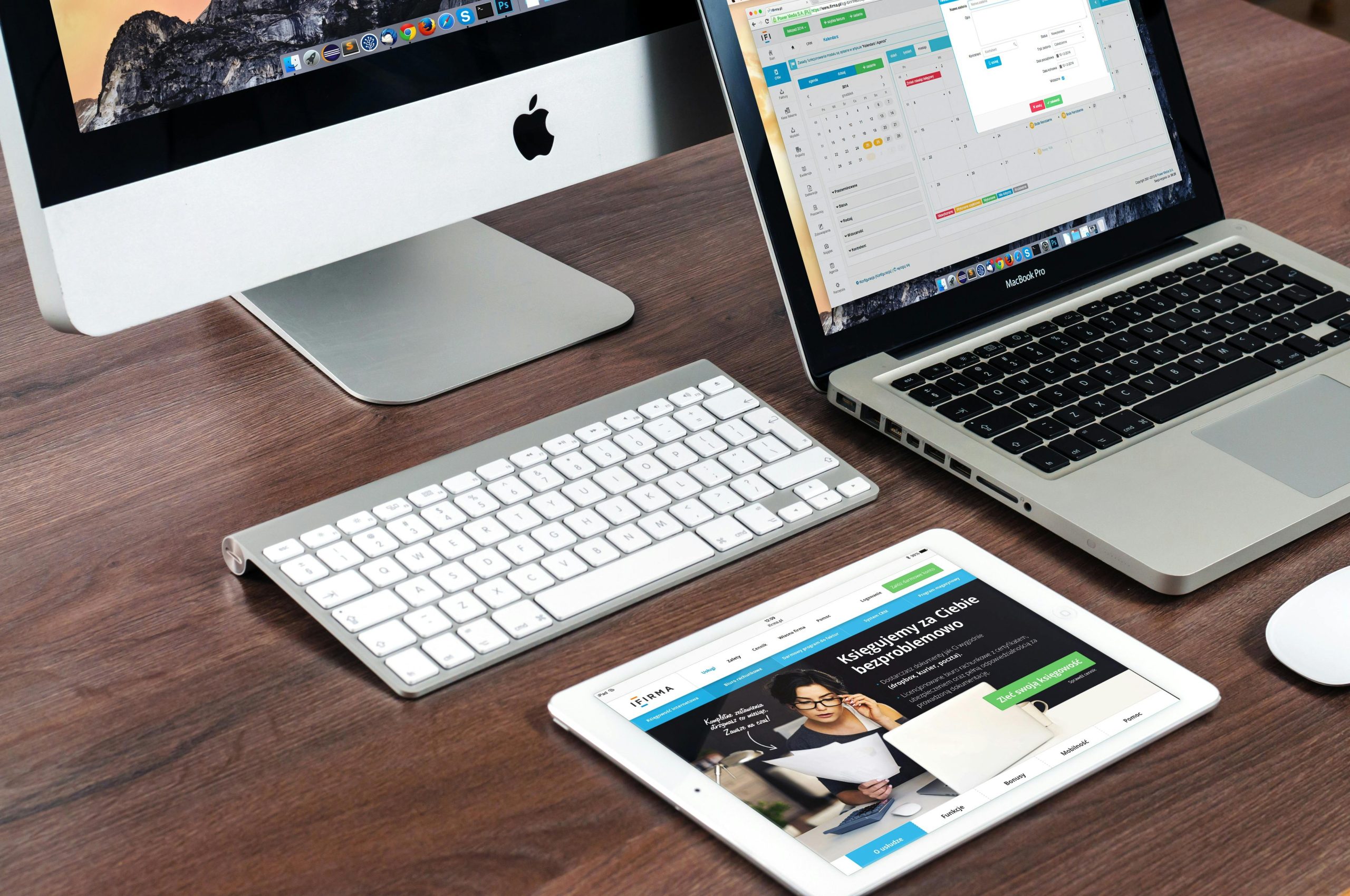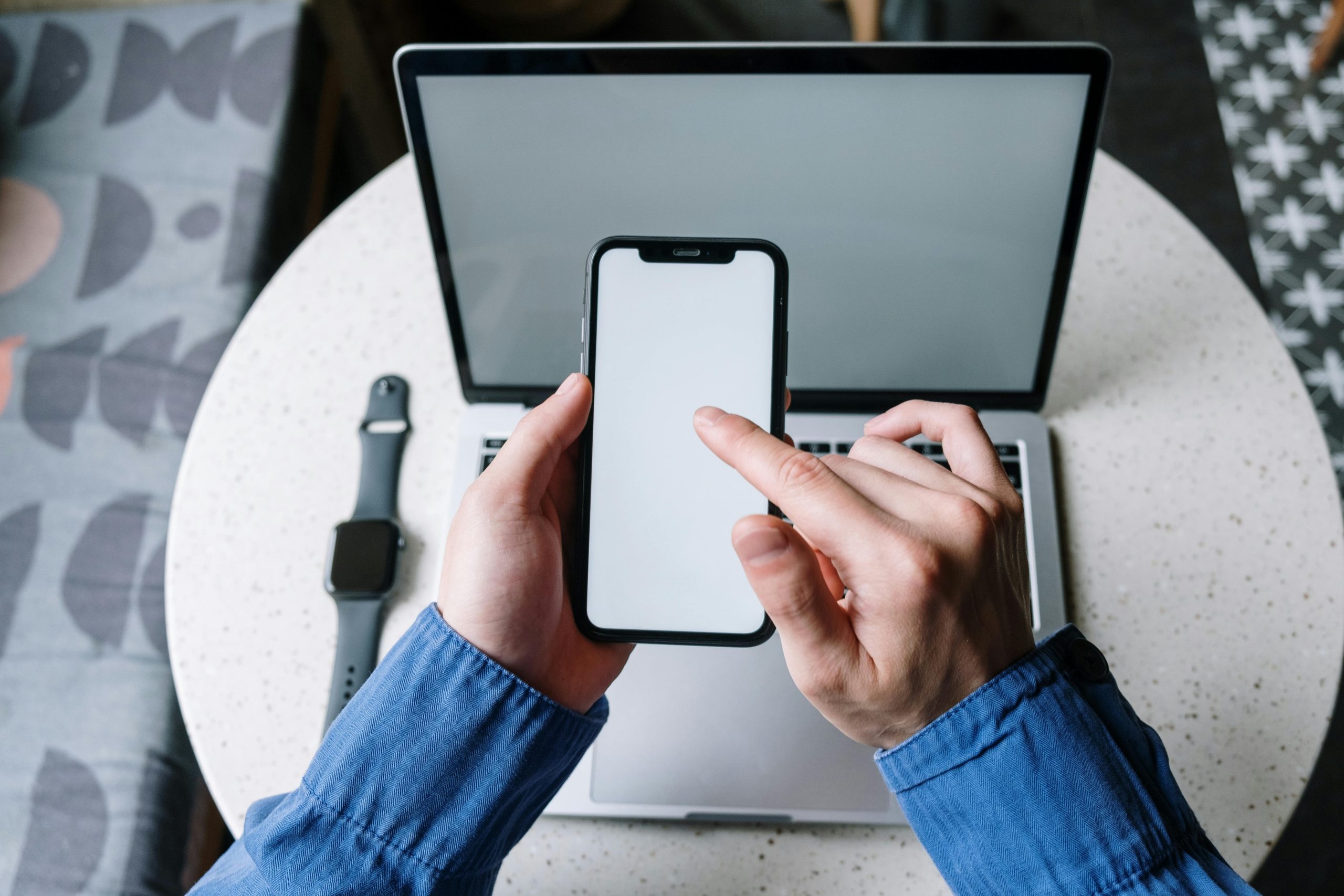Apple reveals revolutionary accessibility features in iOS 18 and visionOS

Apple recently surprised the world with an unexpected reveal of new features for iOS 18. The reveal was made via a press release issued on World Accessibility Day, which is celebrated on the third Thursday of May each year.This year, it falls on May 18. The news focuses on improving accessibility for people with various disabilities, but other users can take advantage of it as well.
One of the main innovations is Eye Tracking, which allows you to control your iPad and iPhone using only your eyes. This feature is designed especially for users with physical disabilities. Eye Tracking uses the device’s front-facing camera and artificial intelligence to calibrate in seconds. The data needed to set up and control this feature is stored securely on the device and is not shared with Apple. Eye Tracking works across all iPadOS and iOS apps and requires no additional hardware or accessories. Users can scroll through app elements and use Dwell Control to activate individual elements and access other features such as physical buttons, swipes and other gestures entirely with their eyes.
Another interesting feature is Music Haptics, which allows deaf and hard-of-hearing users to experience music through vibrations and taps synchronized with music from Apple Music. When enabled, the Taptic Engine on iPhone plays taps, textures and subtle vibrations alongside the sound of music. Music Haptics works across millions of songs from the Apple Music catalog and will be available as an API for developers to make music available in their apps.
New features also include Voice Shortcuts, which allow users to assign custom sayings that Siri understands to trigger shortcuts and complete complex tasks. Another new feature, Listen for Atypical Speech, gives users the ability to enhance speech recognition for a wider range of speech. This feature uses on-device machine learning to recognize a user’s speech patterns. Listen for Atypical Speech is designed for users with acquired or progressive conditions that affect speech, such as cerebral palsy, amyotrophic lateral sclerosis (ALS) or stroke. These features provide a new level of customization and control, and build on features introduced in iOS 17 for users who do not speak or are at risk of losing the ability to speak.
To reduce motion sickness, Apple introduced Vehicle Motion Cues, a new experience for iPhone and iPad that can help reduce motion sickness for passengers in moving vehicles. Research shows that motion sickness is commonly caused by sensory conflict between what a person sees and what they feel, which can prevent some users from comfortably using their iPhone or iPad while driving. With Vehicle Motion Cues, animated dots at the edges of the screen represent changes in vehicle motion to help reduce sensory conflict without distracting from the main content. Sensors built into the iPhone and iPad detect when the user is in a moving vehicle and react accordingly. The feature can be set to appear automatically on the iPhone, or it can be turned on or off in Control Center.
CarPlay will also see improvements, including voice control, colour filters and audio recognition. With voice control, users can navigate CarPlay and control apps using only their voice. With Sound Recognition, deaf or hard-of-hearing drivers or passengers can turn on alerts for car horns and sirens. Colour filters make the CarPlay interface easier to navigate visually for users who are colour blind, and other visual accessibility features include bold text and large text.
Apple is also bringing new features to visionOS, such as system-wide live captioning to help everyone, including deaf or hard-of-hearing users, follow spoken dialogue in live conversations and audio recordings from apps. With live captioning for FaceTime on visionOS, more users can easily enjoy the unique experience of connecting and collaborating with Persona. Apple Vision Pro will add the ability to move subtitles using the window bar during Apple Immersive Video, as well as support for additional Made for iPhone hearing aids and cochlear hearing processors. Updates for vision accessibility will include the addition of Reduce Transparency, Smart Invert and Dim Flashing Lights for users with low vision or those who want to avoid bright lights and frequent flickering.
For users who are blind or visually impaired, VoiceOver will include new voices, a flexible voice rotor, custom volume controls, and the ability to customize VoiceOver keyboard shortcuts on Mac. Magnifier will offer a new reading mode and the ability to easily launch detection mode using the Action button. Braille users will get a new way to start and stay in Braille screen input for faster control and text editing, Japanese availability for Braille screen input, multi-line Braille support with Dot Pad, and the ability to select different input and output tables.
For users with low vision, the Hover Typing feature displays larger text in the user’s preferred font and color when typing in the text box. For users who are at risk of losing the ability to speak, the Personal Voice feature will be available in Mandarin Chinese. Users who have difficulty pronouncing or reading complete sentences will be able to create a Personal Voice using abbreviated phrases. For non-speaking users, Live Speech will include categories and simultaneous compatibility with Live Subtitles. For users with physical disabilities, Virtual Trackpad for AssistiveTouch will allow users to control the device using a small screen area as a resizable trackpad. Switch control will include the ability to use the cameras in iPhones and iPads to recognize finger tap gestures as switches. Voice control will offer support for custom dictionaries and complex words.
Photo source: www.pexels.com
Author of this article
WAS THIS ARTICLE HELPFUL?
Support us to keep up the good work and to provide you even better content. Your donations will be used to help students get access to quality content for free and pay our contributors’ salaries, who work hard to create this website content! Thank you for all your support!





OR CONTINUE READING